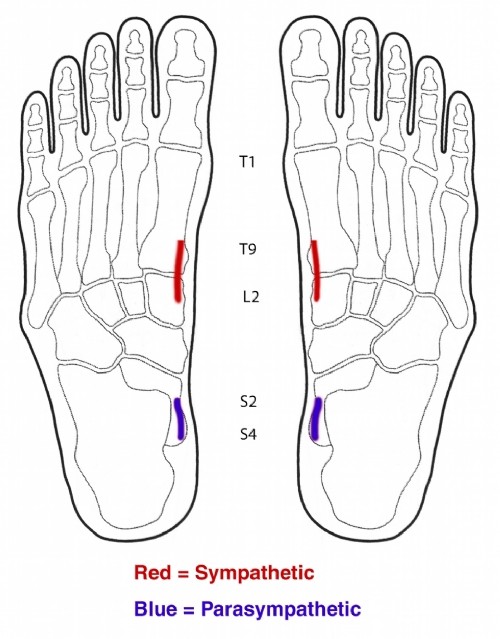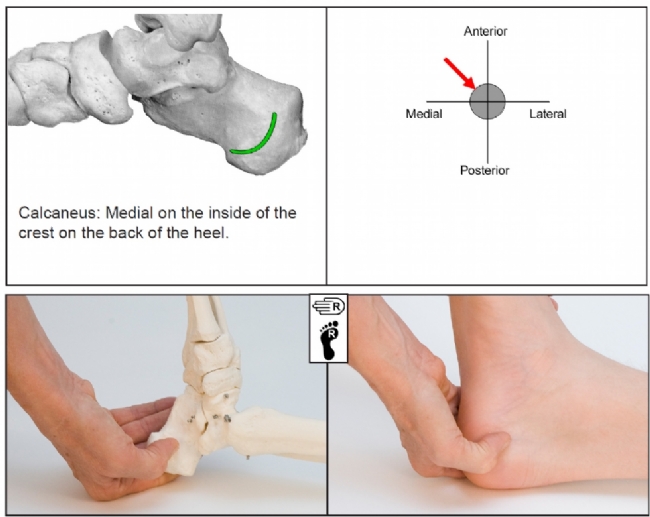An essential reflex for fertility - for both men and women
By Dorthe Krogsgaard and Peter Lund Frandsen, Touchpoint Denmark
Infertility is a growing problem, and more and more couples are seeking help for treatment.
Many are turning to reflexology. Therefore, many reflexologists have specialized in working with fertility.
Definition of infertility
The World Health Organization declares infertility as a disease of the reproductive system defined by the failure to achieve a clinical pregnancy after 12 months
Of women who wish to become pregnant 80 percent are successful within one year.
Infertility has been reported to be one of the most prevalent chronic health disorders regardless of age
The male partner accounts for infertility 40% of the time, 40% from the female partner and in 20% of the cases both parts have a problem.
There are many reasons for fertility problems, and we cover many of them in our seminar on fertility.
In this short article we present a few essential reflexes, which we always include with fertility clients in the Touchpoint Clinic.
Working with the nerves
Independent of the background reasons for fertility issues, the nerve supply for the pelvic organs should always have a high priority.
Sympathetic nerve supply originates in the lower third of the spinal cord lateral horn, which means an area level with T9-L2 vertebrae.
The origin of the parasympathetic nerves to the pelvis is in the sacral part of the spinal cord (S2-S4).
With both of theses reflexes we use classical reflexology techniques.

Reflexes for the origin of autonomic nerves for the pelvis
© Touchpoint
The Pudendal Plexus
Another important and effective reflex is the Nerve reflex point for the pudendal plexus.
The pudendal plexus is a melting pot of nerves from both branches of the autonomic nervous system (Sympathetic and Parasympathetic) plus sensory and motor nerves from the sacral plexus for pelvic muscles, ligaments, etc.
All nerve reflex points are worked with a firm static pressure for a maximum of 15 seconds. In this case, because the area is stretched out like an arc, you can press 3-4 places along the reflex.

Nerve reflex point and technique for the Pudendal Plexus
© Touchpoint with permission from MNT-NR International
Working the nervous supply of the pelvic organs is easy to integrate as part of your reflexology session. The therapeutic impulses change the firing rate of the nerves, thereby relaxing the organs and helping balance the autonomic nervous system.
Ryesgade 27
DK-2200 Copenhagen N
Denmark
Tel: (+45) 2575 7047
Email >






